-
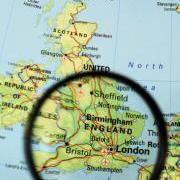
Can you plan routes for the Olympic Torch to visit these cities? How far will it travel? How long will it take? This activity gives children the opportunity to calculate using distance and time and is aimed at Key Stage 2 primary school pupils.
-
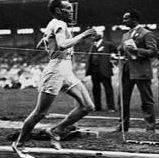
Look at the changes in results on some of the athletics track events at the Olympic Games in 1908 and 1948. What will the results be in 2012? This slightly more challenging activity encourages children to examine data and consider different kinds of influencing factors, and is designed to be accessible to primary pupils at Key Stage 2.
-
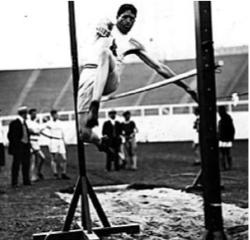
How do you compare to these results from Olympic Games in the past if you try similar running and jumping activities? This activity uses the history of the Olympic Games to introduce ideas about measuring time and distances in standard units, and is designed to be accessible to primary pupils at Key Stage 2.
-
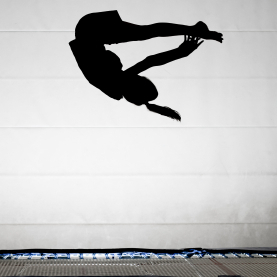
What angles can you see in these photos of Olympic sports? Can you estimate them? This challenging activity is aimed at older primary pupils at Key Stage 2.
-

During the Olympic and Paralympic Games many national flags will be on display. This activity explores 2D shapes, angles and symmetries in the context of flag designs, and is designed to be accessible to primary pupils at Key Stage 2.
-
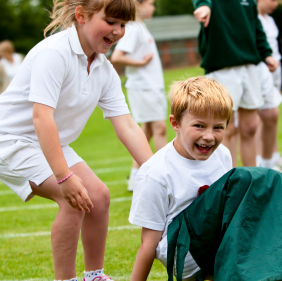
What events are there in your school sports day, and in the Olympic Games? What are your favourite races and sports? This activity encourages discussion and decisions about how to collect and display data, and is designed to be accessible to primary pupils at Key Stage 2.
-

Looking at the 2012 Olympic Medal table, can you see how the data is organised? Could the results be presented differently to give another nation the top place? This activity encourages children to develop their skills in data analysis, and is designed to be accessible to primary pupils at Key Stage 2.
-
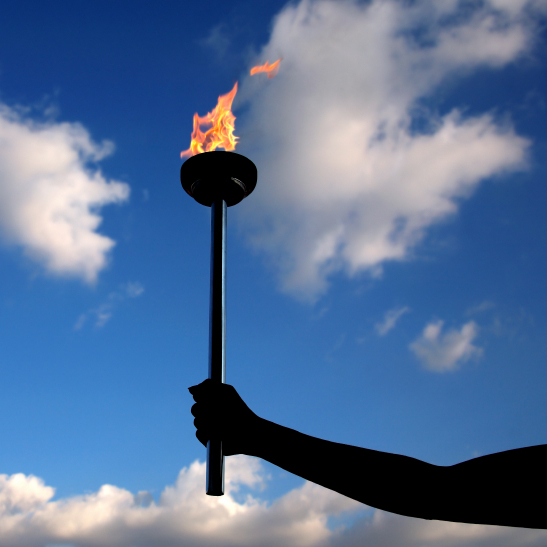
The organisers of the Olympic Torch Relay hope that the planned route means that the Torch will come within 10 miles of 95% of the population of Britain. Has this worked? This activity can be approached at different levels by a wide range of ages from older primary school pupils to GCSE students (Key Stages 2 to 4).
-
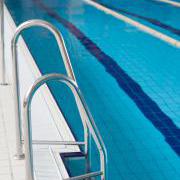
We're investigating the number of steps we would climb up or down to get out of or into the swimming pool. How could you number the steps below the water? This activity uses the familiar environment of a swimming pool to introduce negative numbers, and is designed to be accessible to primary pupils at Key Stages 1 and 2.
-

Decide which charts and graphs represent the number of goals two football teams scored in fifteen matches. This data handling activity is designed to get children talking meaningfully about mathematics, presenting and justifying arguments, and is aimed at primary school pupils at Key Stage 2.

